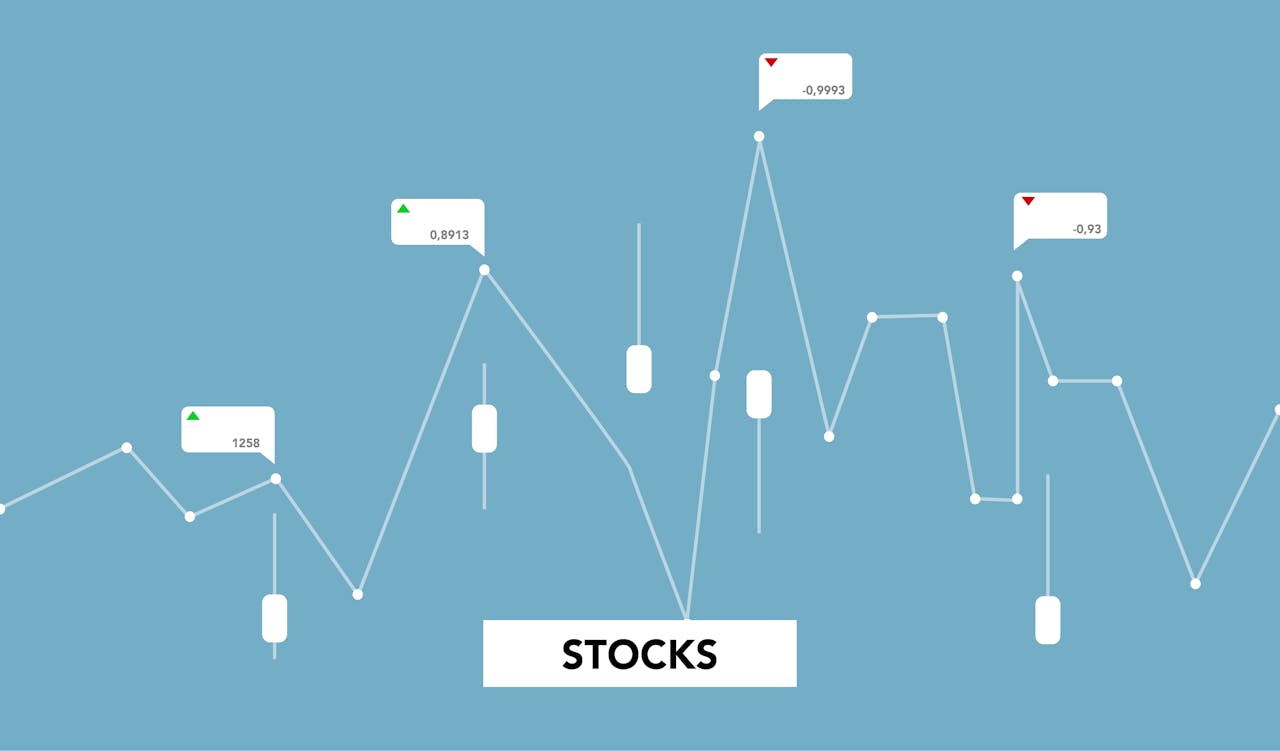Understanding market cycles and trends is essential for investors and financial analysts alike. The movements in financial markets are not random; they typically follow patterns that can be observed and analyzed. By grasping these cycles and trends, investors can make more informed decisions and potentially enhance their returns. This essay will explore the characteristics of market cycles, the different types of trends, and the importance of recognizing these patterns in investment strategies.
Defining Market Cycles
Market cycles refer to the periodic fluctuations in the value of financial markets. These cycles can be broadly categorized into four phases: accumulation, markup, distribution, and markdown. Each phase has distinct characteristics and is influenced by various economic factors.
During the accumulation phase, savvy investors begin to buy assets at lower prices. This phase typically follows a market downturn, when pessimism prevails, and many investors remain reluctant to enter the market. As demand slowly increases, prices begin to stabilize.
Next comes the markup phase. In this stage, prices start to rise more rapidly as positive sentiment begins to take hold. Increased buying leads to a surge in demand, attracting more investors to the market. During this phase, optimism is high, and many individuals may enter the market, believing that prices will continue to rise.
Following the markup phase is the distribution phase. At this point, prices reach their peak, and early investors may begin to sell their holdings to lock in profits. The market may still appear strong, but signs of weakening demand often start to emerge. This phase can be tricky for investors, as sentiment can remain positive even as underlying market conditions begin to shift.
Finally, the markdown phase occurs, characterized by declining prices. Fear and uncertainty often lead to panic selling, and many investors may exit the market, further exacerbating the decline. Recognizing the transition from the distribution to markdown phase is crucial for avoiding potential losses.
Recognizing Market Trends
Market trends can be classified into three primary types: upward trends, downward trends, and sideways trends. Understanding these trends can provide valuable insights for investment strategies.
An upward trend is marked by rising prices over time. In this scenario, the market is characterized by higher highs and higher lows. Investors typically view upward trends as opportunities to buy, as the overall sentiment remains positive. Identifying the beginning of an upward trend can lead to significant returns, especially if investments are made early.
Conversely, a downward trend indicates falling prices, characterized by lower highs and lower lows. This environment often leads to negative sentiment and can prompt investors to sell off assets. Recognizing a downward trend is critical for minimizing losses. Many investors employ various technical indicators to identify potential entry and exit points during such trends.
Finally, sideways trends occur when prices remain relatively stable over time, without significant upward or downward movement. This scenario can create uncertainty for investors. While some may choose to adopt a wait-and-see approach, others might explore opportunities for short-term trades, taking advantage of small fluctuations within the range.
The Importance of Economic Indicators
Economic indicators play a vital role in understanding market cycles and trends. These indicators provide insights into the overall health of the economy and can influence investor sentiment. Key indicators include gross domestic product (GDP), unemployment rates, inflation, and consumer confidence.
For example, rising GDP typically signals economic growth, which can contribute to upward market trends. Conversely, declining GDP may indicate a recession, often leading to downward market movements. By monitoring these indicators, investors can gain valuable insights into potential market cycles and make informed decisions accordingly.
Behavioral Factors and Market Psychology
Market psychology is another crucial aspect of understanding market cycles and trends. Investor sentiment can significantly influence market movements, often leading to irrational behavior. Emotional responses, such as fear and greed, can drive buying and selling decisions, impacting market dynamics.
During periods of optimism, investors may exhibit overconfidence, leading to inflated asset prices. Conversely, during times of fear, panic selling can occur, resulting in steep market declines. Recognizing these psychological factors can help investors remain disciplined and make decisions based on analysis rather than emotions.
Technical Analysis as a Tool
Technical analysis is widely used to study market cycles and trends. This approach involves analyzing historical price data and using various tools and indicators to forecast future movements. Chart patterns, moving averages, and volume analysis are just a few of the tools employed by technical analysts.
By identifying patterns, investors can gain insights into potential trend reversals or continuations. For instance, if a stock consistently bounces off a particular support level, it may indicate a strong buying opportunity. Similarly, breaking through resistance levels can signal a potential upward trend.
Long-Term vs. Short-Term Perspectives
Understanding market cycles and trends is essential for both long-term and short-term investors. Long-term investors often focus on fundamental analysis, seeking to identify companies with strong growth potential. They may remain unaffected by short-term market fluctuations, trusting that underlying fundamentals will drive value over time.
Short-term investors, on the other hand, are often more concerned with immediate market movements. They may rely heavily on technical analysis and trend recognition to make quick decisions. By understanding market cycles, these investors can capitalize on short-term price movements and manage risk effectively.
The Role of Diversification
Diversification is a critical strategy for managing risk in investment portfolios. By spreading investments across various asset classes, sectors, and geographical regions, investors can reduce the impact of market volatility. This approach becomes particularly important during market cycles, as certain sectors may perform better than others depending on the prevailing economic conditions.
For example, during an economic expansion, consumer discretionary stocks may outperform. Conversely, during a recession, defensive stocks such as utilities may provide better stability. By diversifying, investors can better navigate the ups and downs of market cycles and protect their portfolios from significant losses.
Conclusion
In conclusion, understanding market cycles and trends is essential for successful investing. By recognizing the characteristics of different phases and types of trends, investors can make more informed decisions. Economic indicators and market psychology also play significant roles in shaping these cycles. Employing technical analysis and maintaining a diversified portfolio can further enhance investment strategies. Ultimately, staying informed and adaptable will enable investors to navigate the complexities of market cycles and trends, positioning them for long-term success.



